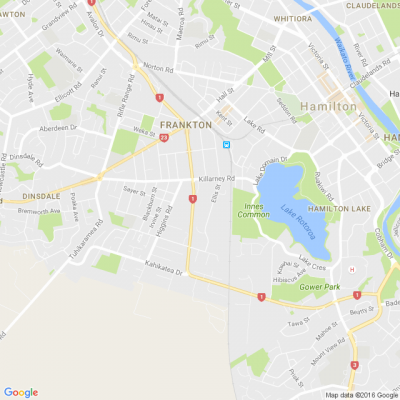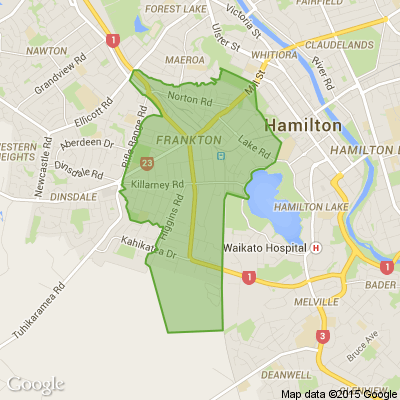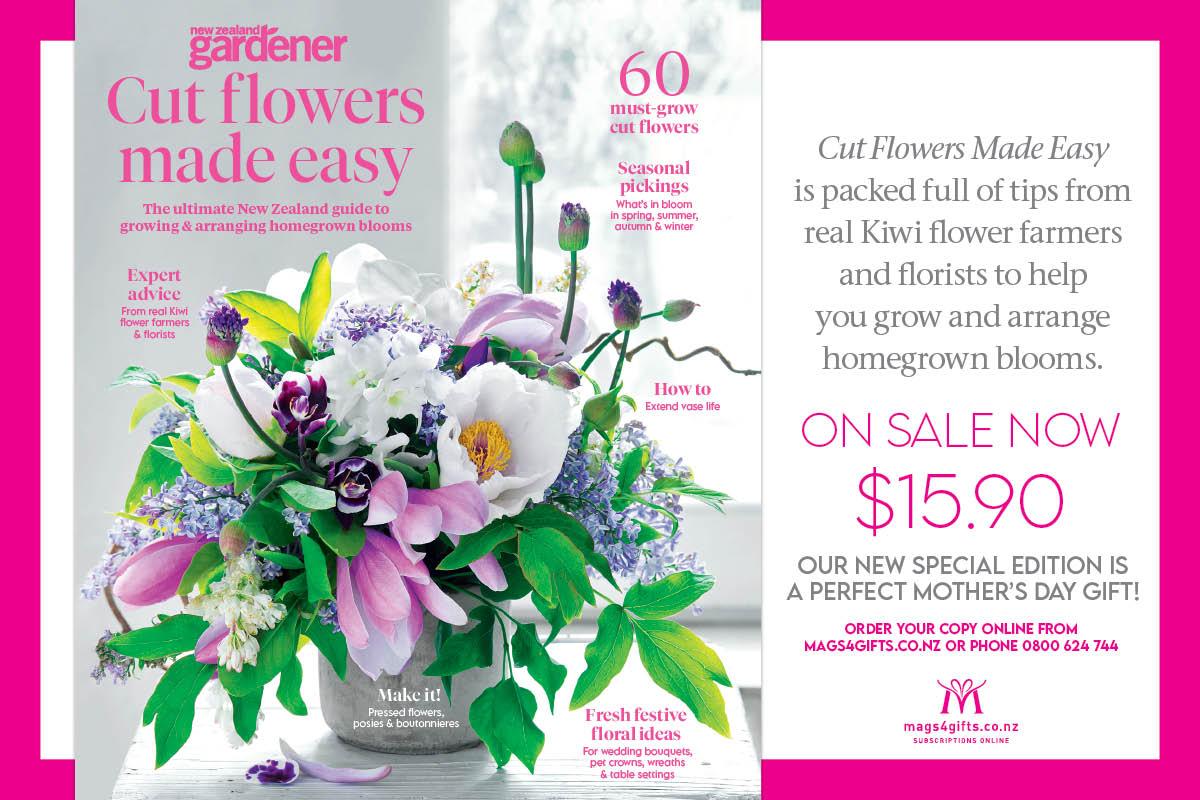
Know what’s happening
Access the private noticeboard for verified neighbours near you. Keep informed about any suspicious activity, send urgent updates to your neighbours when required and discuss emergency planning.
Get to know your neighbours
Browse the directory and start getting to know your neighbours. Don’t want to post to the whole neighbourhood? Send a private message.
Buy, sell and give away
Want to declutter your garage? Buy some used household items? Give away some garden stuff? Become a verified neighbour to browse and post items for sale. Trading is simple when everyone lives nearby.


It is beginning to look a lot like Christmas!
Do you have any festive tips your community needs to know about? Post them here!

Thank you for using Neighbourly
You may receive an email confirmation for any offer you selected. The associated companies will contact you directly to activate your requests.
Sonja from Hamilton East
Hi all
I'm looking for places in Hamilton that does Housie /Bingo....I have recently had my elderly mother come to live with me and would love to see her in her happy place and semi socializing again. I have looked on the internet but usually find out more from word of mouth.
Thanks :-)
Cordwainer from Melville
Dr Libby's Beauty from the Inside Out
Enhance the Gifts Nature So Graciously Gave You
By Libby Weaver
Paperback, 579 pages
2013. Very good condition
… View moreDr Libby's Beauty from the Inside Out
Enhance the Gifts Nature So Graciously Gave You
By Libby Weaver
Paperback, 579 pages
2013. Very good condition
When most people think about improving their appearance, they usually focus on a product, another "quick fix".
Yet when you consider that the skin cells on your face are a small percentage of the total number of cells in the whole body, it seems crazy that we don't spend more time getting the majority of the cells functioning optimally, leading us to the outcomes we seek.
Through Beauty From The Inside Out, Dr Libby expertly explains your outer world, the food you choose, the nutrients you ingest, hydration, posture, movement and what your body needs to create lovely nails, lustrous hair, sparkling eyes, and clear, luminous skin.
Price: $10

The Team from Graeme Dingle Foundation Waikato
Stars is a 12-month mentoring programme that supports, motivates and positively reinforces Year 9 students during their first year in secondary school. The programme also provides leadership and citizenship development opportunities for senior students.
Find out more about our Stars programme … View moreStars is a 12-month mentoring programme that supports, motivates and positively reinforces Year 9 students during their first year in secondary school. The programme also provides leadership and citizenship development opportunities for senior students.
Find out more about our Stars programme through the link below.

The Team from NZ Compare
The weather is getting chilly, ya power is going to rise! So why are you sticking with the same plan and provider if it might be costing you MORE money?!
53.9% of Neighbours said they switched over 6 months ago and 33.6% said you have no idea when you last switched! We want to know why … View moreThe weather is getting chilly, ya power is going to rise! So why are you sticking with the same plan and provider if it might be costing you MORE money?!
53.9% of Neighbours said they switched over 6 months ago and 33.6% said you have no idea when you last switched! We want to know why you're not switching power providers?

Ashleigh from The Neighbourly Team
Our winning Nice Neighbours have been featured across NZ in the local papers, maybe you've spotted these smiling faces...
If you have a nice neighbour who needs recognised for the little (or big!) things they do, nominate them on our Nice Neighbour page and you could each get a $25 Prezzy® … View moreOur winning Nice Neighbours have been featured across NZ in the local papers, maybe you've spotted these smiling faces...
If you have a nice neighbour who needs recognised for the little (or big!) things they do, nominate them on our Nice Neighbour page and you could each get a $25 Prezzy® card - that sounds like morning tea to me!

Hi neighbours,
It's time to sow your seeds and cut those flowers because NZ Gardener's new special edition is on-sale now!
The NZ Gardener team takes you through the seasons with advice on cutting fresh flowers 365 days of the year. Flick through the pages and find stunning … View moreHi neighbours,
It's time to sow your seeds and cut those flowers because NZ Gardener's new special edition is on-sale now!
The NZ Gardener team takes you through the seasons with advice on cutting fresh flowers 365 days of the year. Flick through the pages and find stunning photographs, step-by-step instructions on how to arrange bouquets and what to plant and when.
Get your copy where any good magazines are sold or buy online at Mags4Gifts.co.nz
BUY NOW

Cordwainer from Melville
Trust Your Gut!: Practical Ways to Develop and Use Your Intuition for Business Success
Richard M. Contino
Paperback, 173 pages, excellent condition. 1996
Intuition is one of the most powerful business skills you have - and you may not even realize it! This book provides you with a … View moreTrust Your Gut!: Practical Ways to Develop and Use Your Intuition for Business Success
Richard M. Contino
Paperback, 173 pages, excellent condition. 1996
Intuition is one of the most powerful business skills you have - and you may not even realize it! This book provides you with a carefully researched, 6-step process for finding and developing your natural intuition.
You'll learn to tap your intuitive powers to find innovative solutions to business problems, generate new ideas or originate new products, uncover other people's hidden agendas, handle difficult co-workers, clients, and vendors, and make sound decisions.
Price: $10

Cordwainer from Melville
Six The Shed magazines (NZ)
$10 the lot.
Kiwi home handyman mag, packed with ideas, projects, advice, and peeks into other people’s sheds providing inspiration, ideas, and techniques.
All excellent condition.
… View moreSix The Shed magazines (NZ)
$10 the lot.
Kiwi home handyman mag, packed with ideas, projects, advice, and peeks into other people’s sheds providing inspiration, ideas, and techniques.
All excellent condition.
December-January 2014
Feb-March 2014
Feb-March 2009
October-November 2010
Feb-March 2011
Feb-March 2012
Price: $10

Syrina Pene from Te Rongopai Community Trust (GOOD NEWS COMMUNITY CENTRE)
Registrations are now open. Please see details below.
Nau Mai Haere Mai

Syrina Pene from Te Rongopai Community Trust (GOOD NEWS COMMUNITY CENTRE)
Registrations are open for this FREE series. Details below.
We look forward to you joining us. Nau Mai Haere Mai

Red Cross Frankton from Red Cross Shop Frankton
Pop in-store to pickup that special gift for your Mum or special person. From giftware to clothing we can see you right
Sometimes, all we really want is a really good cookie. The simple baked and crunchy deliciousness is just the answer, no matter the question. In this cookie’s case it’s the solution to our digestion that takes the cake.
We’ve all heard of Digestive Biscuits right? You know, the ones with the… View moreSometimes, all we really want is a really good cookie. The simple baked and crunchy deliciousness is just the answer, no matter the question. In this cookie’s case it’s the solution to our digestion that takes the cake.
We’ve all heard of Digestive Biscuits right? You know, the ones with the disclaimer that “they have no benefit for your digestion whatsoever” (with all the sugar and processed ingredients they’re definitely not so digestively friendly!) But, they’ve just always been called Digestives so the name has just stuck. Well, with this cookie we’re about to share with the digestive benefits are really real.
Get the recipe, here.
Lee Holmes : Supercharged Food.
Supercharged Food is available In Store and On Line at Naturally Healthy - Hamilton
715 Grey Street Claudelands Hamilton
www.naturallyhealthy.co.nz...
phone 079583845
#testimonica #buylocal #naturallyhealthy

The Team from Graeme Dingle Foundation Waikato
Today we honour those who fought for our future 💚 These lanterns were created by students to commemorate Anzac Day and to put at the end of their driveways.

NumberWorks'nWords Hamilton Central
"They shall grow not old, as we that are left grow old; Age shall not weary them, nor the years condemn. We will remember them."

Aaron from Chartwell
Hi everyone, Is there anyone who are wanting to get rid of these rubbish bins with lids and willing to donate to a community project we are getting up and running in Hamilton. We are looking for 6-8 of these. We based on River Road Queenswood and would appreciate any donations.

16 replies (Members only)
 Loading…
Loading…
Are you sure? Deleting this message permanently removes it from the Neighbourly website.
 Loading…
Loading…
© Neighbourly 2025
